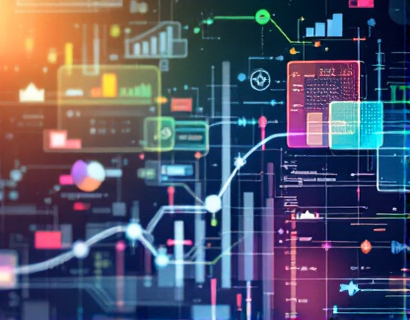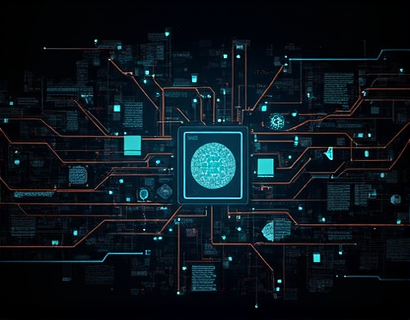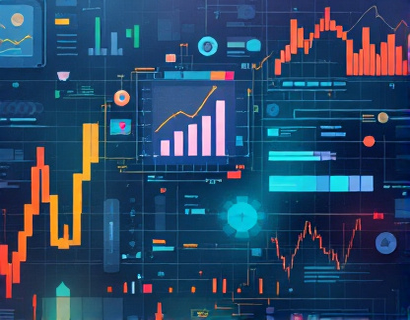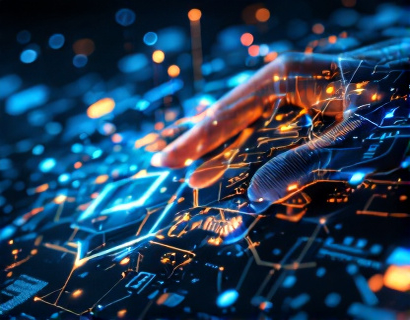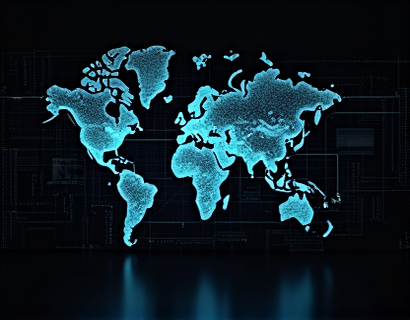AI-Driven Mental Health Companion: Transforming Access to Mental Health Services
In recent years, the integration of artificial intelligence in mental health services has revolutionized the way professionals, students, and families access and understand mental health resources. An AI-driven chatbot, designed with specialized insights, offers a unique platform for users to receive accurate and safe information about mental health services and industry trends. This technology is particularly beneficial for a diverse audience, including children, students, educators, and healthcare professionals, ensuring that the content is both engaging and secure.
Understanding the Role of AI in Mental Health
The application of AI in mental health is multifaceted, providing tools for diagnosis, treatment, and support. An AI-driven chatbot serves as a preliminary resource, offering immediate assistance and guidance to users. This chatbot is equipped with a comprehensive database of mental health information, curated by experts in the field, to ensure the accuracy and reliability of the content provided. For professionals, it serves as a valuable tool for staying updated on the latest research and industry trends, while for the general public, it acts as an accessible entry point to understanding mental health issues.
Specialized Insights for Professionals
Healthcare professionals, including psychologists, psychiatrists, and counselors, can benefit significantly from an AI-driven chatbot. The platform provides detailed insights into various mental health conditions, treatment options, and the latest research findings. For instance, a psychiatrist can use the chatbot to quickly review the efficacy of different medications for specific disorders, or to explore new therapeutic approaches. The chatbot can also assist in case management by suggesting evidence-based practices and providing reminders for follow-up sessions or medication schedules.
Resources for Students and Educators
Students and educators face unique mental health challenges, and an AI-driven chatbot can offer tailored resources to support this demographic. For students, the chatbot can provide information on managing stress, anxiety, and depression, along with tips for maintaining mental well-being during exams and academic pressures. It can also direct them to campus resources and support services. For educators, the chatbot can offer strategies for creating a supportive classroom environment, recognizing signs of mental health issues in students, and referring them to appropriate services. This ensures that both students and educators have access to relevant and actionable information.
Engaging and Secure Content for Families
Families play a crucial role in mental health support, and an AI-driven chatbot can serve as an educational tool for parents and caregivers. The chatbot can provide age-appropriate information on child mental health, including common issues faced by children and adolescents, and how to recognize warning signs. It can also offer guidance on fostering open communication, setting healthy boundaries, and encouraging positive mental habits. The platform ensures that the content is presented in an engaging and easy-to-understand manner, making it suitable for a family audience.
Content Verification and Safety
One of the key features of an AI-driven mental health chatbot is its commitment to content verification. All information provided is rigorously checked by mental health professionals to ensure accuracy and safety. This is particularly important when dealing with sensitive topics and vulnerable audiences, such as children and students. The chatbot adheres to strict guidelines to prevent the dissemination of misinformation and to promote safe and responsible use. This verification process builds trust and reliability, making the platform a go-to resource for accurate mental health information.
Child-Friendly Interface
Recognizing the importance of mental health education from a young age, the chatbot includes a child-friendly version that is both safe and engaging. This version uses simpler language, colorful graphics, and interactive elements to make learning about mental health enjoyable for children. Topics are presented in a way that is easy for young minds to understand, covering basic concepts of emotions, coping strategies, and when to seek help. The chatbot can also direct children to age-appropriate resources and support services, ensuring they have the tools they need to manage their mental health.
Supporting Mental Health Enthusiasts
Mental health enthusiasts, including those who are self-taught or interested in the field, can find valuable resources through the AI-driven chatbot. The platform offers in-depth articles, research summaries, and expert interviews that cater to a broader audience. Users can explore topics such as mindfulness, cognitive-behavioral therapy, and the impact of technology on mental health. The chatbot can also recommend books, podcasts, and online courses for further learning, making it a comprehensive resource for anyone interested in mental health.
Interactive and Personalized Experience
The AI-driven chatbot is designed to provide a personalized experience for each user. Through natural language processing, the chatbot can understand and respond to user queries in a conversational manner. Users can ask specific questions, express concerns, or seek recommendations, and the chatbot will tailor its responses accordingly. For example, a user struggling with anxiety can receive immediate coping strategies and resources for further support. This interactive approach not only enhances user engagement but also ensures that the information provided is directly relevant to the user's needs.
Building a Community of Support
Beyond providing individualized information, the chatbot fosters a sense of community among users. It can connect individuals with similar experiences or interests, creating a supportive network. For instance, users can join virtual support groups or forums where they can share experiences, offer advice, and find solidarity. This community aspect is particularly beneficial for those who may feel isolated or stigmatized by their mental health challenges. The chatbot can facilitate these connections while ensuring privacy and safety.
Integration with Mental Health Services
The AI-driven chatbot serves as a bridge between users and mental health services. It can provide a list of local therapists, clinics, and support groups, along with their contact information and specialties. For users in need of immediate assistance, the chatbot can offer crisis intervention resources, such as hotlines and emergency services. This integration ensures that users have easy access to professional help when needed, making the platform a vital component of the mental health ecosystem.
Continuous Learning and Adaptation
As the field of mental health evolves, so does the AI-driven chatbot. It continuously learns from user interactions and updates its knowledge base to reflect the latest research and best practices. This ensures that the information provided remains current and relevant. The chatbot can also adapt to user feedback, improving its responses and functionality over time. This commitment to ongoing improvement makes the platform a trusted and reliable resource for all users.
Conclusion
The AI-driven mental health companion represents a significant advancement in making mental health resources accessible and understandable to a diverse audience. By providing specialized insights, ensuring content verification, and offering a safe and engaging platform, the chatbot empowers professionals, students, families, and mental health enthusiasts to navigate the complex world of mental health with confidence. As technology continues to evolve, the potential for AI to enhance mental health support is vast, promising a future where mental well-being is prioritized and supported at every level.







